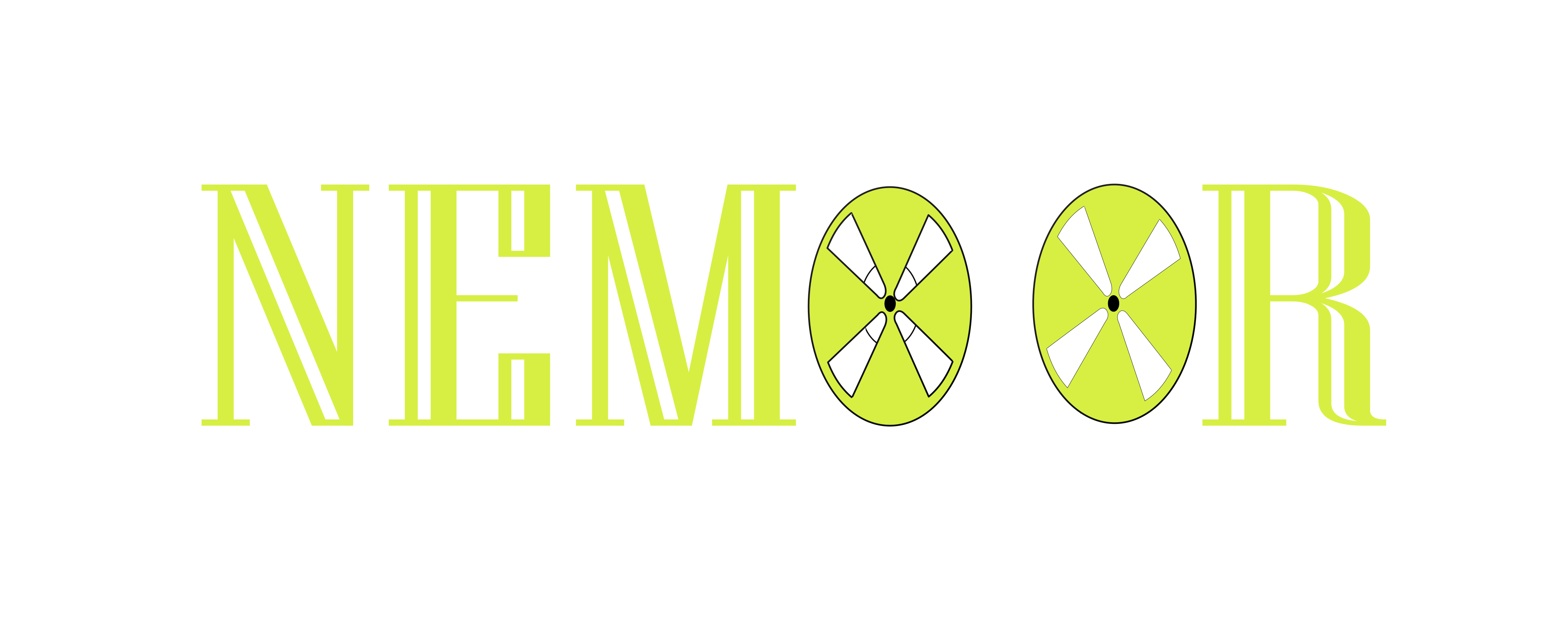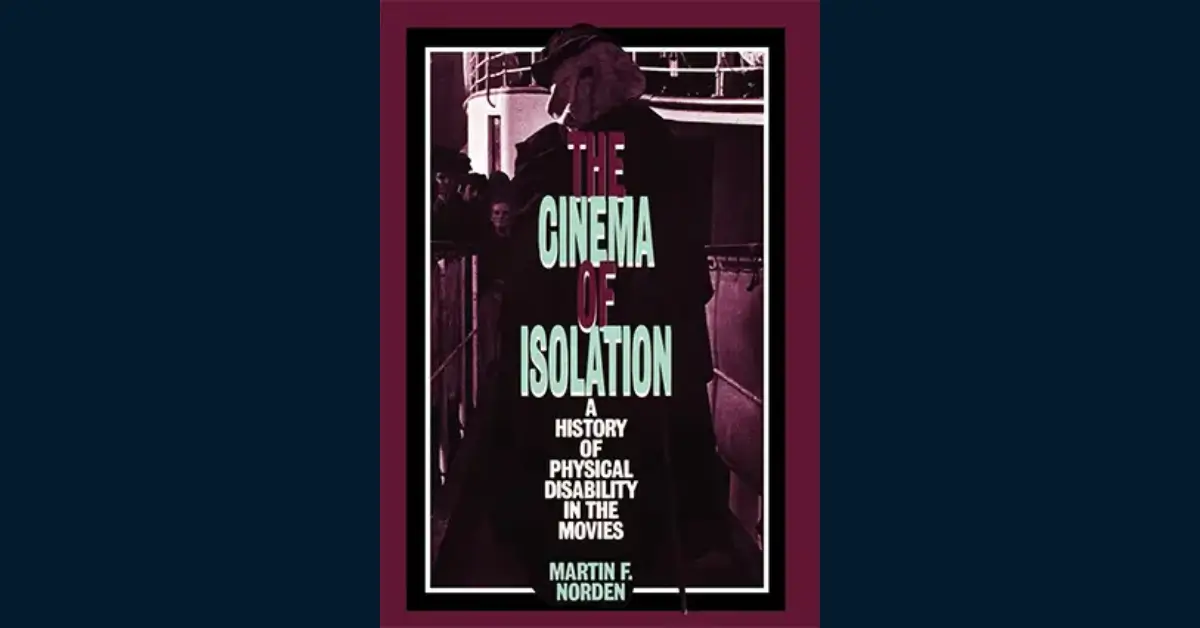The Cinema of Isolation: How Hollywood Portrays Physical Disability in Film
A comprehensive analysis of disability representation in cinema and its psychological impact
Thank you for reading this post, don't forget to subscribe!Understanding Physical Disability in Movies: From Stereotypes to Authentic Representation
Cinema has long served as society’s mirror reflecting not just our ideals, but also our prejudices. When it comes to physical disability in film, the reflection has often been distorted, exaggerated, or tragically oversimplified. Martin F. Norden’s groundbreaking work, “The Cinema of Isolation: A History of Physical Disability in the Movies,“ provides an illuminating examination of how Hollywood has historically represented physical disabilities and the profound societal consequences of these portrayals.
While primarily focused on physical disability representation, this landmark study intersects deeply with mental health portrayal, societal exclusion, harmful stereotyping, and empathy-building through media making it essential reading for anyone exploring disability studies, film analysis, or media psychology.
Book Profile: The Cinema of Isolation
- Title: The Cinema of Isolation: A History of Physical Disability in the Movies
- Author: Martin F. Norden
- Publication Year: 1994 (with continued relevance today)
- Categories: Film Studies, Disability Studies, Media Analysis, Social Critique
- Core Focus: Chronicling the evolution of physical disability portrayal in Hollywood cinema from silent films through modern productions
Why This Book Matters: Disability Representation in Media
This critical examination contributes significantly to our understanding of how media portrays those living outside what society frames as the physical or mental “norm.” Key areas explored include:
- The relationship between visible physical difference and mental illness tropes in storytelling
- How cinema creates and reinforces the cultural link between villainy and disability
- Ethical considerations in disability representation across different film eras
- The measurable impact of media portrayals on public perception and policy
These insights make “The Cinema of Isolation” invaluable for anyone studying cinema therapy, film psychology, or mental health representation in visual media.
Disability Stereotypes in Film: Recurring Character Archetypes
Norden identifies several persistent stereotypes that have shaped disability representation throughout film history:
- The Villainous Disabled Character – From Captain Hook to Dr. Strangelove, physical disability as visual shorthand for moral corruption
- The “Supercrip” – Characters with disabilities who overcome impossible odds, serving as inspiration rather than authentic representation
- The Object of Pity – Characters reduced entirely to their suffering, existing primarily to evoke audience sympathy
- The Monster Figure – Where physical difference signals horror, with disability used to create fear or revulsion
These cinematic shortcuts not only dehumanize characters but significantly influence real-world attitudes toward both physical disability and mental health conditions.
Hollywood’s Historical Treatment of Disability: A Timeline
The book analyzes iconic films across different periods, demonstrating how disability representation has evolved:
- Silent Era Films: Often used disability for melodrama, comedy, or villain coding
- Post-WWII Cinema: Briefly highlighted veterans’ struggles with increased nuance
- Modern Cinema: Continues to struggle balancing inspiration with authentic representation
From “The Hunchback of Notre Dame” to “Rain Man” to “My Left Foot,” Norden’s analysis reveals how film reflects changing social attitudes while often reinforcing problematic narratives.
Competing Models: Medical vs. Social Approaches to Disability
One of the book’s most valuable frameworks contrasts two paradigms that influence disability storytelling:
- Medical Model: Focuses on “fixing” or “curing” the individual, treating disability as personal tragedy
- Social Model: Emphasizes how society disables people through exclusion, inaccessibility, and negative attitudes
This conceptual distinction closely parallels contemporary approaches to mental health representation, where healing is increasingly viewed as more than just “curing” someone but rather supporting them within their social context.
Who Should Read This Book: Key Audiences
| Audience | Value Proposition |
|---|---|
| Film Students & Media Scholars | Provides rigorous historical analysis of representation patterns across film history |
| Mental Health Professionals | Offers insights into how media stigma affects public health perceptions |
| Filmmakers & Content Creators | Learn to avoid harmful tropes while crafting more authentic narratives |
| Disability & Mental Health Advocates | Foundational text for media literacy education and advocacy work |
Book Highlights: What Makes it Essential Reading
- Extensive analysis spanning over 100 years of cinema history
- Integrates cultural theory with accessible film criticism
- Promotes more ethical, inclusive approaches to storytelling
- Serves as a cornerstone text in disability studies and film analysis
Strengths and Considerations
Key Strengths:
- Pioneering research that remains relevant decades after publication
- Accessible writing style that engages both academic and general readers
- Challenges industry professionals and viewers to question their assumptions
- Connects physical disability representation with psychological portrayal
Considerations:
- Primary focus on physical disability, with mental health addressed indirectly
- Limited coverage of 21st-century films (though analytical framework remains applicable)
- Some terminology may reflect the era of publication rather than current language preferences
The Connection to Mental Health Representation in Film
The study of disability in cinema directly informs our understanding of mental health portrayal. Physical differences are frequently (and inaccurately) linked to psychological instability, danger, or moral corruption in film narratives connections that Norden helps deconstruct.
This analytical approach opens pathways to examining other marginalized identities in film, including those with neurological or psychological differences, encouraging viewers to become more critical, media-literate consumers of visual storytelling.
Where to Find “The Cinema of Isolation”
Ready to explore this landmark study of disability representation in film?
- Available on major online retailers including Amazon
- Check university libraries and independent bookstores
- Available in both print and digital formats
🔗 Where to Buy
Ready to dive into this eye-opening cinematic critique?
Conclusion: Why Representation Matters
Martin F. Norden’s “The Cinema of Isolation” remains an essential resource for anyone passionate about ethical, inclusive storytelling in film. In a media landscape still struggling to portray mental and physical differences with dignity and accuracy, this book provides critical tools to analyze harmful narrative patterns and build a more empathetic cinematic future.
What film do you believe has significantly changed perspectives on disability or mental health representation? Share your thoughts in the comments below.
disability representation in film, physical disability in movies, Martin F Norden, Cinema of Isolation, disability stereotypes, mental health in film, media representation, disability studies, film analysis, inclusive storytelling

